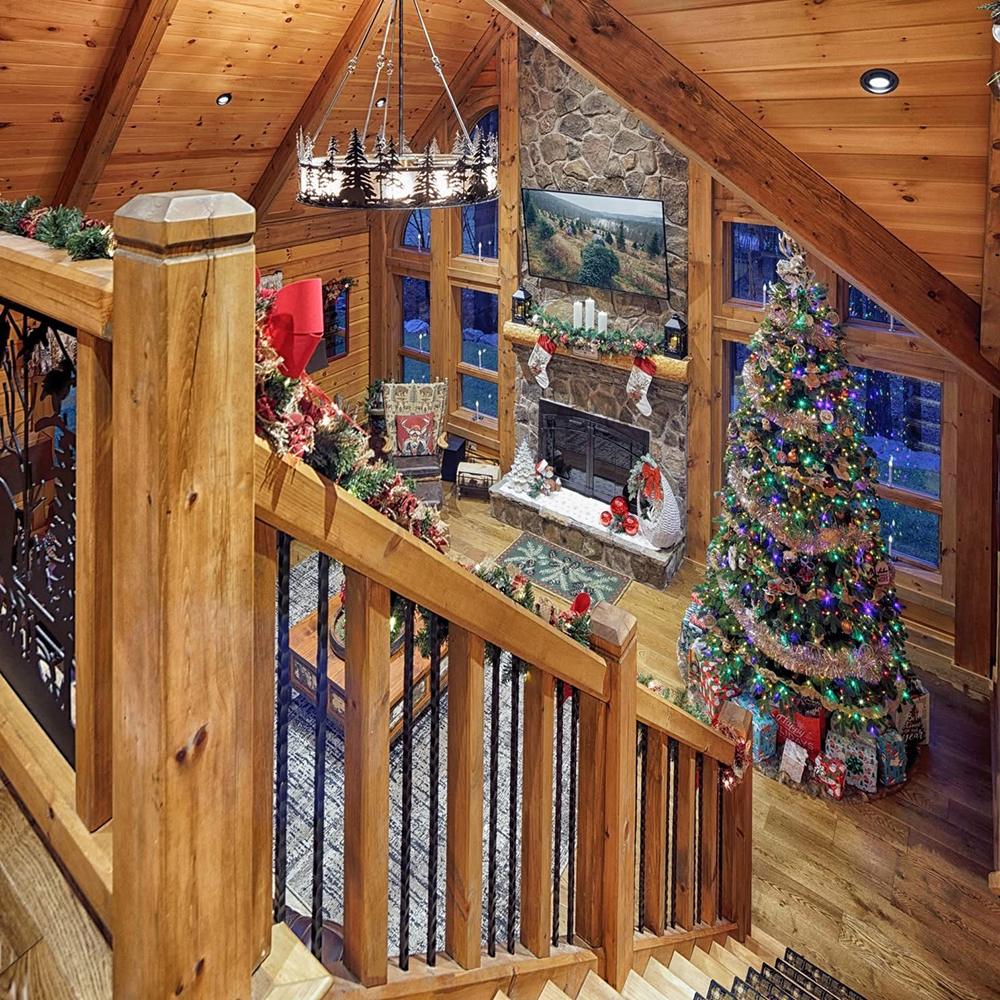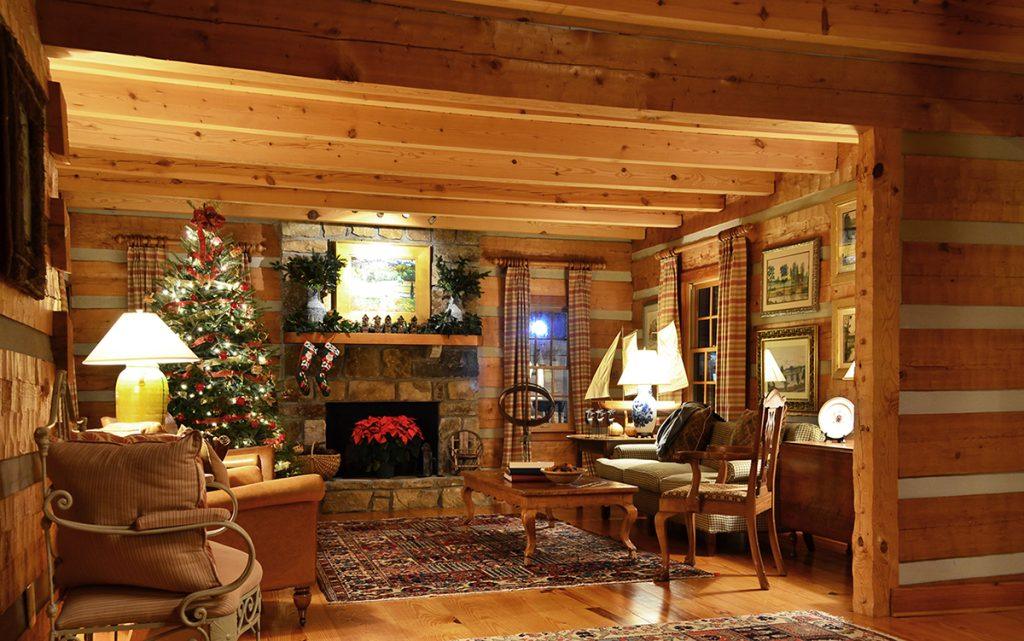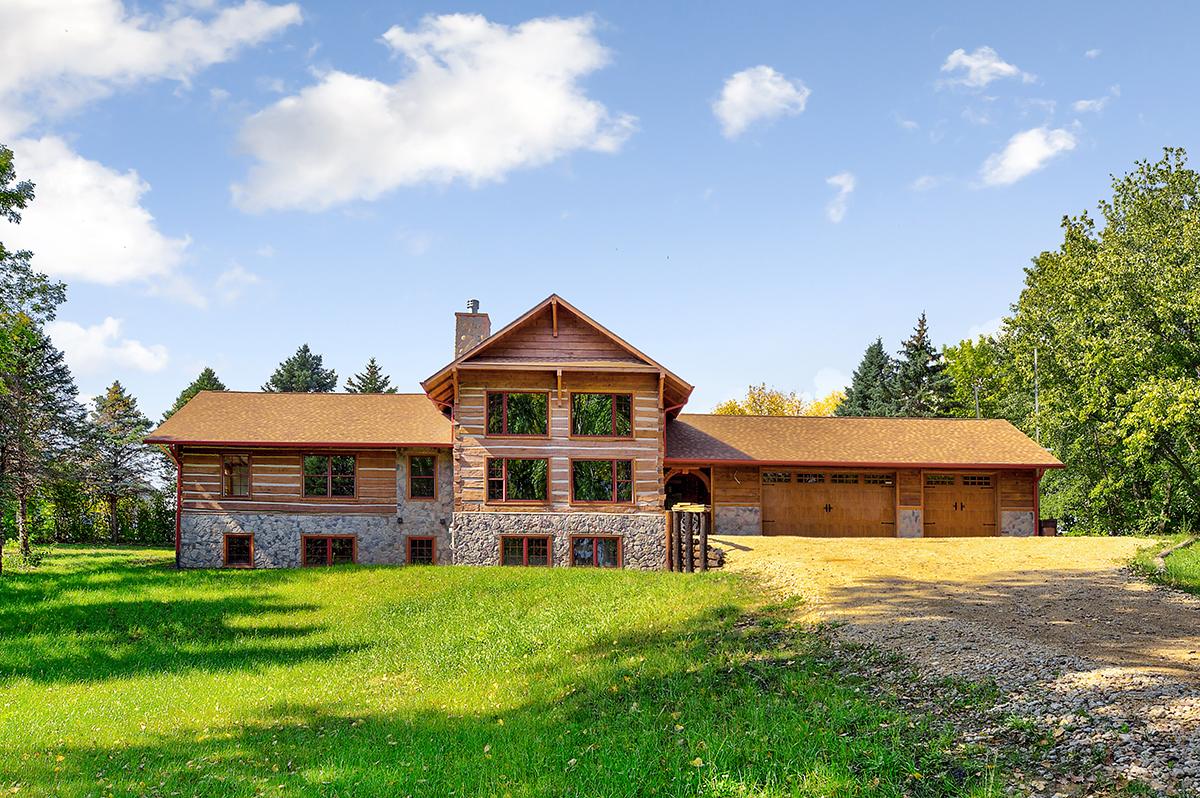For many years oxalic acid has been one of the most commonly used products for brightening and preparing wood surfaces for a coat of stain. Why? Prior to the introduction of organic solvent finish removers in the late 1990s, the most popular paint and stain removal products were caustic chemical strippers which contain sodium or potassium hydroxide. They are still sold at most paint stores, and although quite caustic and somewhat hazardous, they have been used for over 100 years and are relatively inexpensive.
One negative feature of using any hydroxide stripper is that it’s extremely high pH turns the wood dark. After a hydroxide stripper is used, it is standard procedure to apply a solution containing oxalic acid to the wood to bring the wood back to its original color prior to the application of a stain. That’s how Oxcon attained its original description as a “Blonding Agent.” There is also a belief that since it is an acid, it helps “neutralize” any hydroxide residue remaining in the wood, thus preventing wood fiber degradation due to the presence of highly alkaline chemical residue.
Since oxalic acid does do a good job restoring the color of the wood after the use of sodium or potassium hydroxide, as well as removing metallic tannate discolorations, over the years it gained a reputation as being a “cure-all” for other types of wood discolorations as well. One reason is because many discolorations that were attributed to mold were in fact not mold, but metallic tannate or inorganic stains. Somehow oxalic acid also got a reputation for helping remove grayed or photooxidized surface wood fibers. In reality, it does not do a very good job and there are other products, like our Wood ReNew™, that are much more effective.
If not properly applied, oxalic acid can do more harm than good when it comes to preparing the surface for a water-based film forming finish like Lifeline™. Film-forming water-based finishes rely on the integrity of the surface fibers to assure adhesion to the wood. If the surface fibers are damaged and the film does not have intact fibers to bond to, peeling of the applied finish can result.
We have found in our testing that the use of concentrated oxalic acid, or even a small amount of residual oxalic acid left on the wood, can seriously affect the adhesion properties of water-based finish systems.
Like chlorine bleach, oxalic acid is subject to being easily misused. For example, even when properly diluted to our labeled instructions, if left on the wood too long, especially in hot dry conditions, the water will begin to evaporate and the concentration of the acid solution increases proportionally, eventually reaching a point where damage to the wood fibers can occur. Another potential problem with oxalic acid solutions is that when they react with alkaline compounds, they form oxalate salts which are quite insoluble and almost impossible to rinse off with water. They, too, can interfere with the adhesion of water-based finishes.
Most finish removers that are used today contain organic solvents that don’t darken the wood. Since oxalic acid does not remove grayed wood fibers or organic discolorations like brown stain, blue stain, or mold and mildew stains, what are the valid uses for Oxcon oxalic acid?
1. Oxcon oxalic acid is the only product that removes inorganic discolorations of metal tannates and rust. If, after stripping and cleaning the surface, there are still dark colored streaks or blotches, there is a chance that a solution of Oxcon will remove them. This includes some types of “water marks.”
2. If the stripping and cleaning process has turned the wood dark, a solution of Oxcon may help lighten it up.
To properly use Oxcon here are some guidelines that must be followed:
1. Make sure that any product that was previously applied to the wall has been thoroughly rinsed off prior to the application of the Oxcon solution.
2. Oxcon is a concentrate and MUST be diluted with four parts water. That’s one gallon of Oxcon mixed with four gallons of water. The use of a more concentrated solution won’t work any better and will damage the wood.
3. Don’t leave it on the wood for more than 15 minutes. If it’s a hot, dry day, wet the wall down before applying Oxcon and keep misting it with water to keep the acid concentration from getting too high. Never, ever allow Oxcon to dry on the wood. If oxalic acid crystals form from evaporation, they will be almost impossible to remove by rinsing with cold water.
4. After using Oxcon, adequate rinsing is mandatory. While rinsing, pay particular attention to any cracks or crevices where the Oxcon solution may have puddled. No one should ever use Oxcon without having pH strips at hand. Just a trace of oxalic acid left on the wood will seriously affect the adhesion of the finish.
After reviewing a number of past adhesion issues, we found that many of them were attributed to the use, or more accurately misuse, of oxalic acid. There is no reason to routinely use oxalic acid in a stripping and cleaning process just because it has been done it for years. Only use oxalic acid when it’s absolutely necessary. Sometime less is definitely best.




































